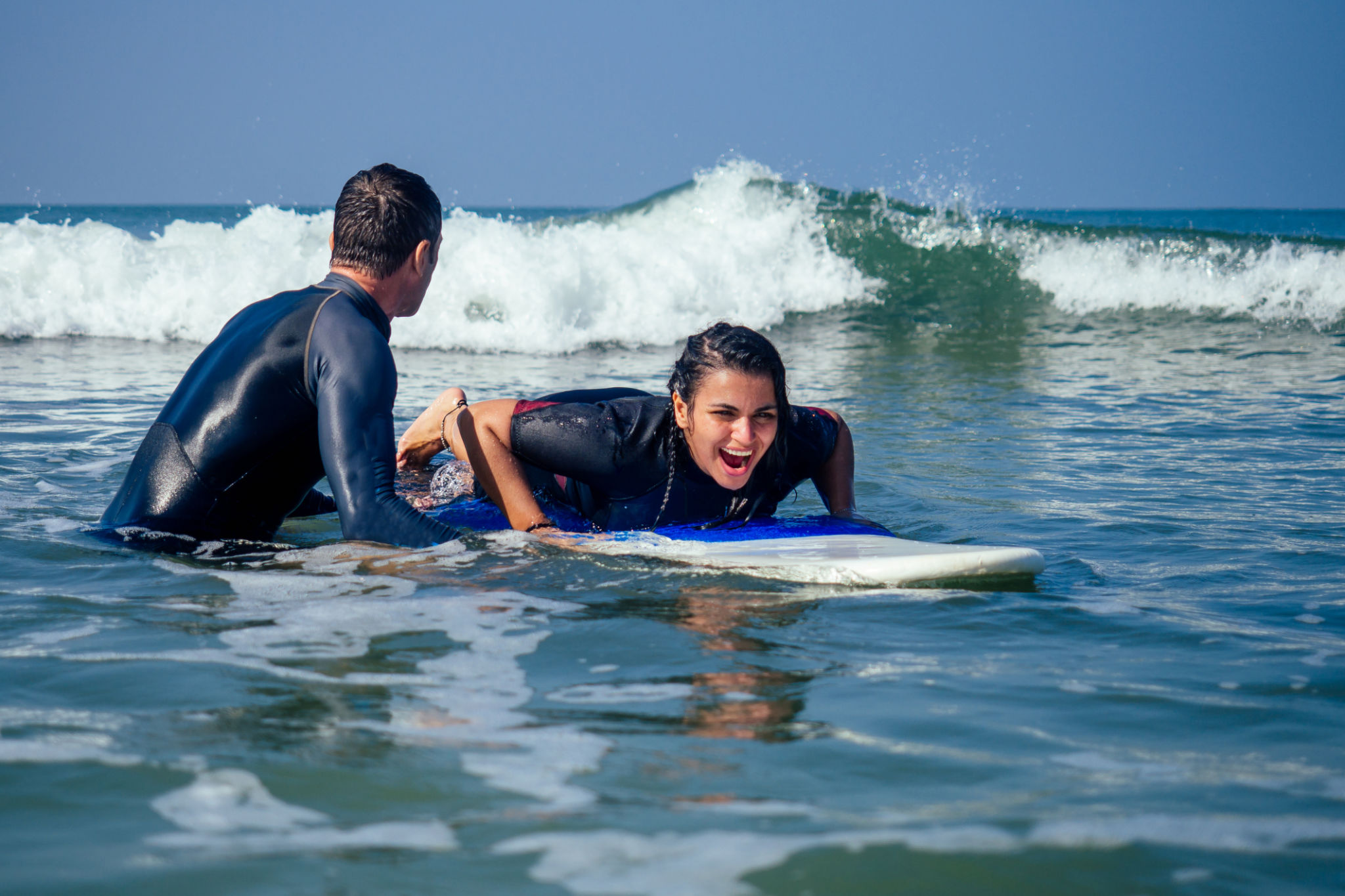Efoil vs. Traditional Surfing: Which is Right for You?
Understanding Efoil
The efoil has taken the watersport world by storm, offering a new and thrilling way to experience the ocean. An efoil, or electric hydrofoil board, combines the principles of surfing and flying. It uses an electric motor, propeller, and hydrofoil to lift out of the water and glide across its surface. This innovation allows riders to enjoy the sensation of surfing without relying on waves.
Efoils are equipped with a handheld remote control, which allows riders to adjust their speed and direction effortlessly. They are powered by rechargeable batteries, making them eco-friendly and perfect for those looking to minimize their environmental footprint while enjoying water sports.

The Allure of Traditional Surfing
Traditional surfing has been a beloved pastime for centuries, rooted deeply in culture and history. Unlike efoiling, surfing depends on the natural power of the ocean. Surfers harness the energy of breaking waves to ride along their face, requiring skill, timing, and a connection with the sea.
For many, the appeal of traditional surfing lies in its simplicity and purity. There's no need for technology or equipment beyond a surfboard. The challenge of reading the ocean's rhythms and catching the perfect wave is part of what makes surfing so rewarding.

Comparing the Learning Curve
When it comes to learning, both efoiling and traditional surfing offer unique challenges. Efoiling can be easier to pick up initially because it doesn't rely on wave conditions. Riders can start at slower speeds and gradually increase as they become more comfortable with balancing on the board.
In contrast, traditional surfing often requires more patience and practice. Beginners must learn to paddle effectively, read wave patterns, and master timing. However, once these skills are developed, surfing can be incredibly satisfying and addictive.

Cost Considerations
One significant factor that may influence your decision is cost. Efoils tend to be more expensive than traditional surfboards due to their advanced technology and components. Purchasing an efoil can be a substantial investment, with prices often ranging from several thousand dollars.
On the other hand, traditional surfboards are generally more affordable. While high-quality surfboards can also come with a hefty price tag, there are plenty of budget-friendly options available for beginners or those who prefer to rent equipment.
Environmental Impact
The environmental impact of your chosen watersport is another important consideration. Traditional surfing has a minimal impact on the environment since it relies solely on natural wave energy. Surfboards are typically made from environmentally friendly materials such as foam or epoxy resin.
Efoils, while electric and rechargeable, do use batteries that have a limited lifespan. However, many manufacturers are making strides to recycle components and reduce the carbon footprint associated with production. Both activities encourage ocean conservation and awareness among their communities.

Which is Right for You?
Deciding between efoiling and traditional surfing ultimately depends on your personal preferences and priorities. Consider the following factors:
- Experience Level: If you're new to watersports or prefer a quicker learning curve, efoiling might be more suitable.
- Connection with Nature: Traditional surfing offers a deeper connection with the ocean's natural rhythms.
- Budget: Consider your financial capacity for investing in equipment or renting gear.
- Environmental Concerns: Evaluate the impact of each sport on the environment.
Both efoiling and traditional surfing offer exhilarating experiences on the water. By weighing these factors, you can choose the option that best aligns with your lifestyle and values.